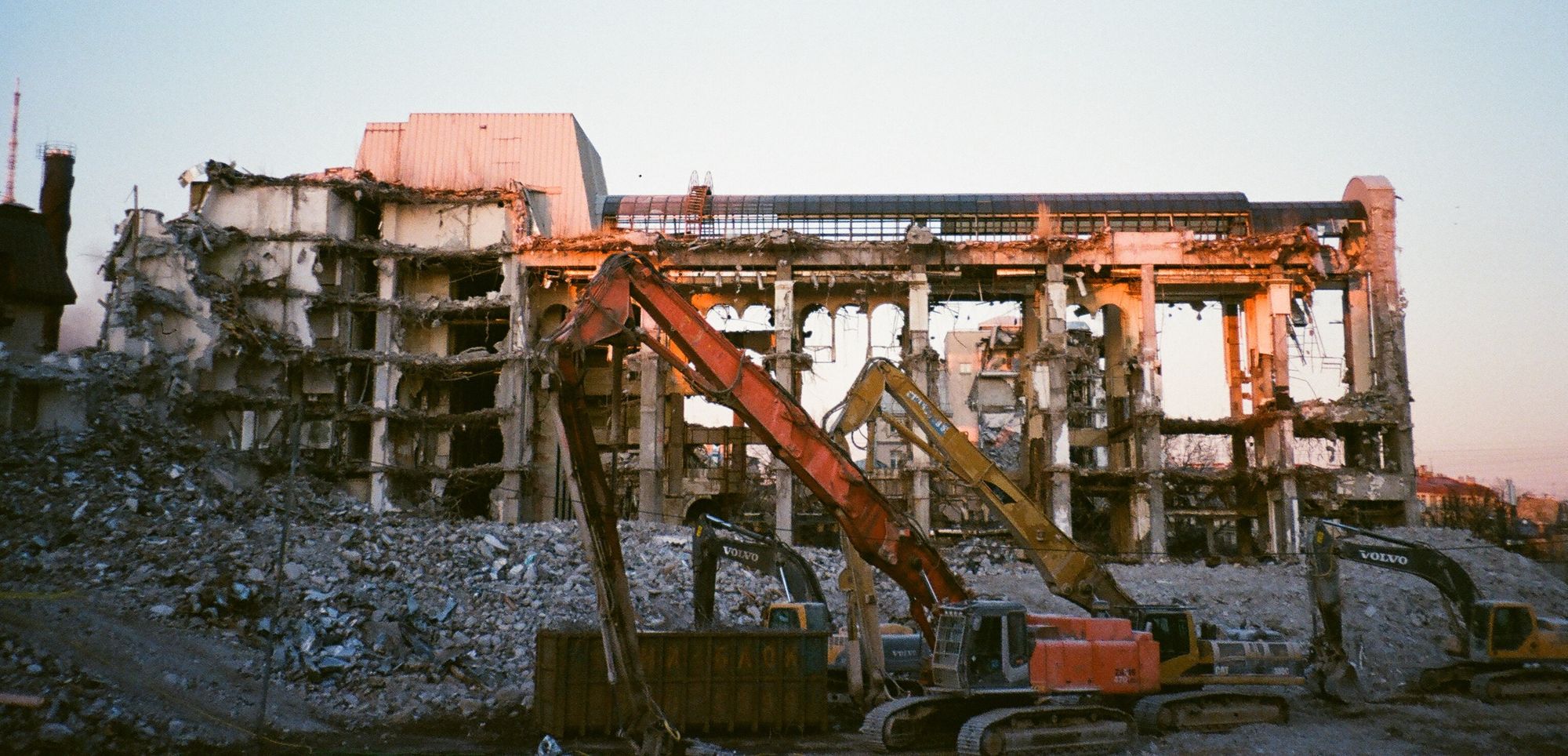Construction in the Czech Republic has gone greener thanks to the smart deployment of nanotechnology.
The progress was made by Prague-based AG CHEMI GROUP and the Swedish company Skanska, who have developed separate processes that allow for concrete and cement to be recycled for use in constructing new buildings. Both breakthroughs could have a significant impact on the environment and how buildings are made.
As the Czech news journal Zajimej reports, the Skanska discovery, “ … has the potential to cause a revolution in the construction industry on a global level. The material has similar properties as concrete, but instead of virgin aggregates, it uses building rubble thanks to a nano admixture.”
The patented nanoproduct will help solve two major problems facing construction companies; namely what to do with rubble on a building site and how to source dwindling construction raw materials.
The first issue is how to dispose of the huge volume of building waste created by the demolition of old buildings. While some is already used as a filler on building sites, a larger quantity has to be taken away and is typically dumped in landfill. At the same time, virgin materials, such as gravel, sand, and cement must be transported (at further expense) to the construction site.

The second challenge resolved is a simple shortage of raw materials for construction. As the report states, “Prague alone, for example, currently consumes 13 million tons of building materials per year and only 10% is recycled. At the same time, the resources of natural aggregates are declining. Within 9 years, only 107 of the 221 Czech quarries will have reserves, and the current average rate of consumption in the Czech Republic should be completely depleted as early as 2062.”
The new nanoscale additive allows for waste from old buildings to be reused, and so reduces the need for fresh concrete production.
Additionally, the novel nano-process will also lower heating and air conditioning costs, as the recycled concrete product, called Rebetong, has a lower coefficient of thermal conductivity, which lowers a building’s energy consumption.
It is a discovery that is great for the environment and great for business. As Michal Jurka, President of Skanska Central Europe, noted in a recent press release, “… we are pleased that we have started to use material that can make it easier for the environment during the construction phase and during subsequent use.”

Elsewhere, AG CHEMI GROUP has also developed a nanotechnology process that not only reuses concrete rubble, but one that also boosts the building material’s properties, such as adding strength, abrasion resistance, and/or crack prevention.
As Lev Lyapeikov, the company’s product development manager explains, “Our portfolio of nanostructured materials includes solutions based on aqueous suspensions, designed to treat concrete mixtures to increase the strength of the concrete structure, including solutions with nanoparticles, which allow the use of construction site waste as a raw material for new building structures.”
The company is also working to develop a nanomaterial application that can “modify building materials in order to create a biocidal surface that could potentially kill coronavirus on contact.” This would be ideal for use in hospitals and care homes, could help reduce cleaning costs and lower the risk of infection.
While both of these products are very new to the market, it is hoped that their obvious benefits to ecology, lowering costs, and improving build quality will make them an obvious choice for construction companies.
Two amazing breakthroughs that not only show the potential of nanotechnology in the construction industry, but also help the environment and make better buildings.
Photo credit: Life Of Pix from Pexels, Juhasz Imre from Pexels, & Aleksandr Neplokhov from Pexels